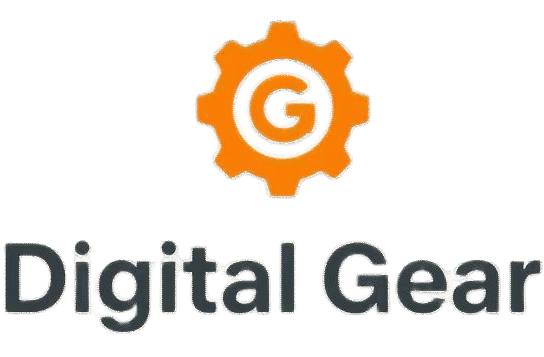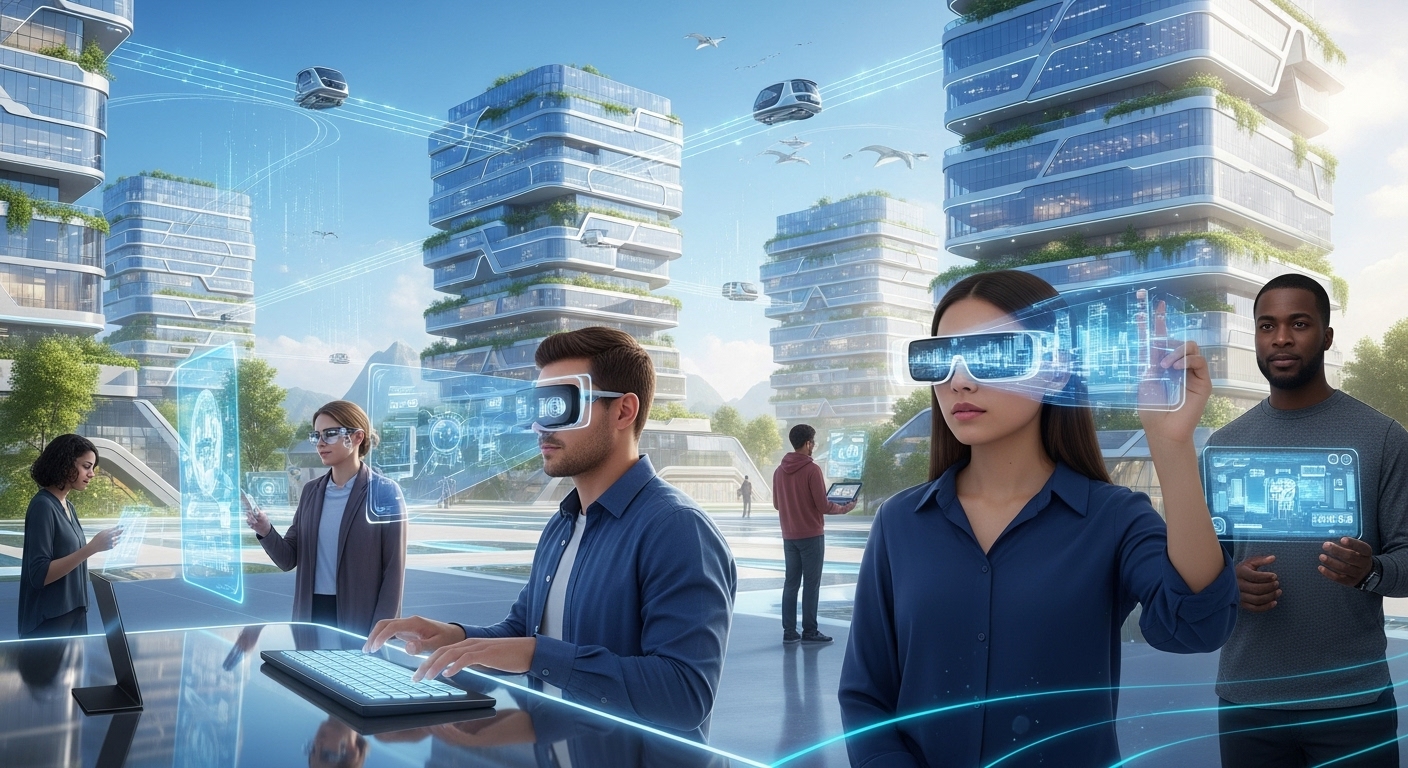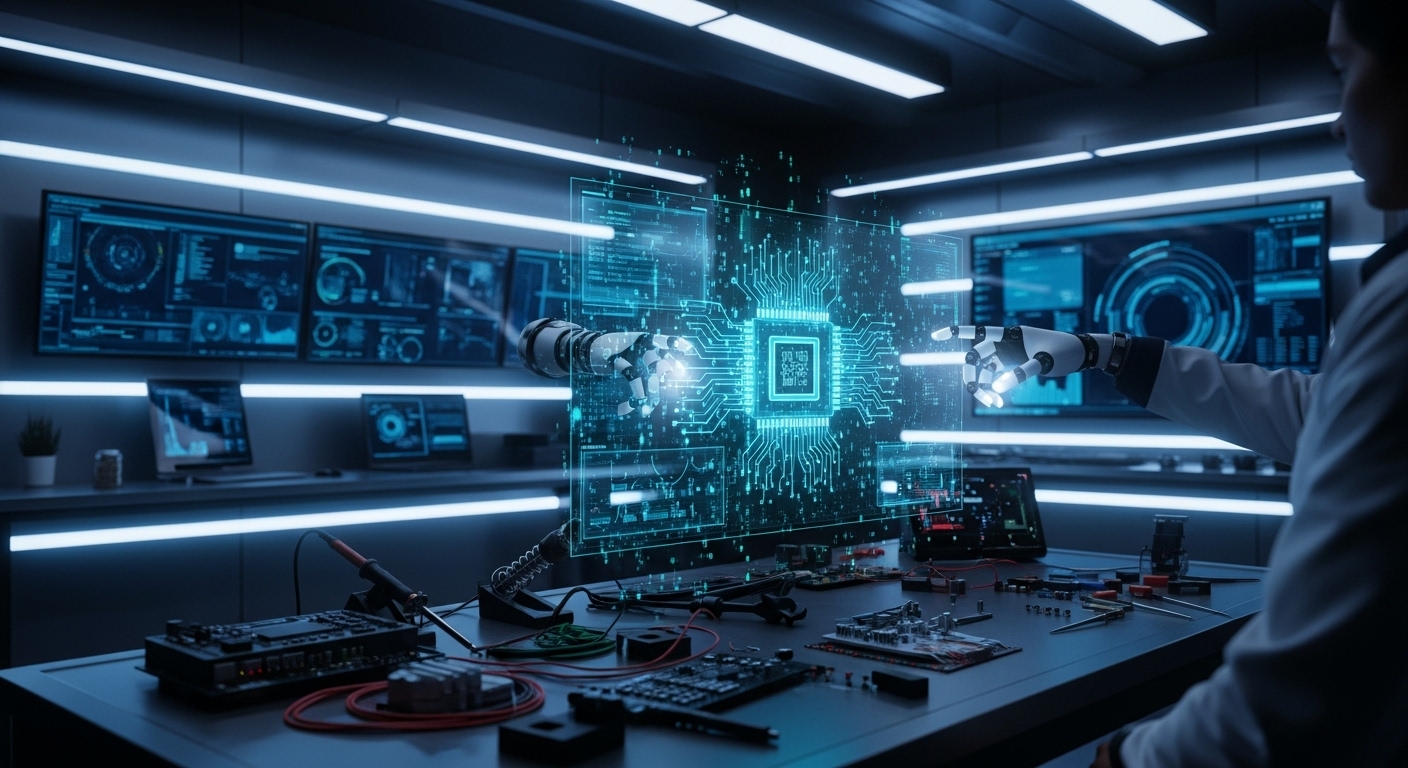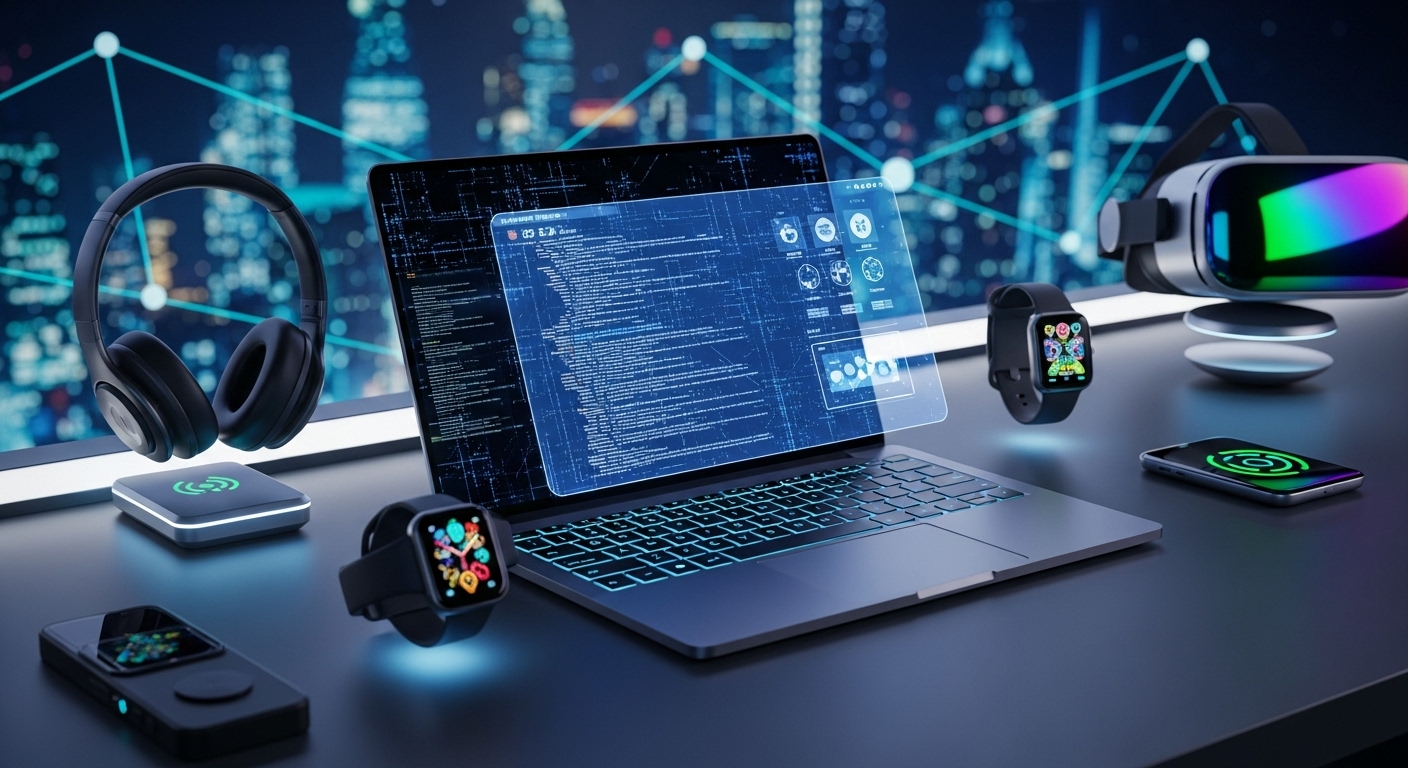Introduction
Technology is the heartbeat of the modern era, the invisible thread weaving together every aspect of human existence. It shapes how we communicate, how we think, how we move, and even how we dream. What was once a realm of imagination is now the framework of reality. In the space of a few generations, technology has turned impossibilities into everyday conveniences. From the first spark of electricity to artificial intelligence capable of mimicking human thought, the story of technology is a story of transformation. It is not merely a field of study or industry; it is the collective expression of human progress.
In the beginning, humanity’s relationship with technology was purely functional. Early inventions like fire, the wheel, and basic tools were born from necessity — the need to survive. Yet as civilizations evolved, technology became an instrument of power, creativity, and connection. It enabled exploration, fueled economies, and built empires. Today, it underpins the very structure of global life. Every message sent, every purchase made, every heartbeat monitored on a smartwatch reflects how deeply technology is embedded in daily living.
The Foundations of Innovation
To understand modern technology, one must appreciate its roots. The earliest innovations came from observing nature and manipulating materials to make life easier. The discovery of fire provided warmth and safety, while stone tools improved hunting and construction. The invention of the wheel around 3500 BCE revolutionized transport and trade. These simple but groundbreaking ideas laid the foundation for progress.
As humans became more organized, the demand for more sophisticated tools grew. The agricultural revolution introduced plows, irrigation systems, and seed storage, marking the first intersection of technology and community growth. Metalworking transformed societies by creating durable weapons and structures. From these humble beginnings, the human race learned that innovation was the path to mastery over the environment.
The Industrial Age and the Mechanization of Work
The Industrial Revolution of the eighteenth and nineteenth centuries marked a turning point. Machines began to replace manual labor, and industries emerged that reshaped economies and societies. Steam power and mechanized production lines turned small-scale workshops into massive factories. This period was not just about machines; it was about a shift in thinking. The relationship between human labor and mechanical efficiency began to redefine productivity.
Transportation saw massive improvements through railways and steamships, connecting cities and nations faster than ever before. Communication advanced with the invention of the telegraph, and later, the telephone. These developments made the world smaller and faster, laying the groundwork for globalization. The Industrial Revolution also sparked urbanization, drawing millions into cities and accelerating innovation further.
The Digital Revolution
Fast forward to the twentieth century, and humanity witnessed another great leap — the Digital Revolution. This was the era when machines learned to think, calculate, and communicate. The development of the computer was one of the greatest achievements in history. What began as room-sized systems used for calculations evolved into compact devices that could sit on a desk, and eventually, in the palm of a hand.
Transistors and microprocessors revolutionized computing power, making devices faster and more affordable. The 1970s and 1980s saw personal computers enter homes, transforming how people worked, learned, and interacted. The creation of programming languages allowed humans to communicate with machines, unlocking endless possibilities. Software became as valuable as hardware, and technology was no longer limited to engineers — it became accessible to everyone.
The Internet and the Connected World
If the computer was the brain of the modern world, the internet became its nervous system. Initially developed for military communication, the internet soon became the largest platform for human connection ever created. It linked people, ideas, and businesses across continents, erasing geographical boundaries and opening new dimensions of collaboration.
In the 1990s, the World Wide Web brought information to the masses. Anyone with a computer and a connection could access knowledge, share ideas, and communicate instantly. Email replaced letters, online news replaced newspapers, and digital forums replaced local gatherings. The internet democratized information, giving power to individuals and creating entirely new industries.
E-commerce, social media, and digital entertainment emerged as dominant forces. Businesses adapted to online environments, while individuals found new ways to express themselves. The internet also created an economy of speed — information, transactions, and ideas moved at the click of a button. Humanity entered an era of constant connectivity, one that continues to evolve.
The Mobile Revolution
The introduction of smartphones redefined convenience and connectivity. What was once confined to desktops and laptops became portable and personal. The ability to call, text, browse the web, and access thousands of applications through a single device changed lifestyles forever. Mobile technology made information omnipresent — always within reach, anytime and anywhere.
This shift created an ecosystem of apps that dominate modern life. Communication tools like messaging and video calls brought people closer, while navigation, fitness, and productivity apps made daily routines smoother. Smartphones also became essential in business, education, and entertainment. They blurred the line between the digital and physical worlds, making technology an inseparable part of human identity.
Artificial Intelligence and the Era of Automation
Artificial Intelligence (AI) represents the next frontier in technology’s evolution. Once confined to science fiction, AI is now a driving force behind innovation across industries. Through machine learning and data analysis, AI systems can recognize patterns, make predictions, and even improve themselves.
In healthcare, AI analyzes medical images and predicts diseases with remarkable accuracy. In transportation, autonomous vehicles are redefining mobility. In business, AI-driven analytics power decision-making, forecasting, and customer service. Virtual assistants respond to human voices, while recommendation systems curate personalized content.
Yet with great power comes great responsibility. The rise of AI has sparked debates about ethics, employment, and privacy. While automation increases efficiency, it also challenges traditional job structures. The future of AI lies not just in technological capability but in balancing innovation with human values.
The Internet of Things and Smart Ecosystems
Technology no longer exists solely in computers and phones. The Internet of Things (IoT) has connected ordinary objects to digital networks, creating intelligent environments that adapt to human needs. Smart homes feature devices that control lighting, temperature, and security through voice commands or mobile apps. Wearable technology tracks health metrics, sleep patterns, and physical activity, giving people insights into their well-being.
In industries, IoT enhances production through sensors that monitor equipment and optimize performance. Cities are becoming smarter too, integrating technology into transportation, energy management, and waste control. The data collected from connected systems provides valuable insights that drive innovation, efficiency, and sustainability.
Cloud Computing and Data Dominance
As the world became more connected, the demand for data storage and accessibility increased. Cloud computing emerged as the answer, allowing users and businesses to store, process, and share data online. The cloud removed the need for physical storage, offering flexibility, scalability, and collaboration on an unprecedented scale.
Businesses now operate globally without the limitations of geography. Teams collaborate across continents in real time, while individuals back up their data securely. However, this dependence on data has also raised concerns about privacy and security. Cybersecurity has become a critical part of modern technology, protecting systems from digital threats in an increasingly connected world.
The Role of Technology in Everyday Life
Technology has woven itself into the fabric of everyday existence. It influences how we eat, travel, learn, and communicate. In education, digital platforms enable remote learning and interactive teaching. In healthcare, telemedicine allows doctors to consult patients from anywhere. In entertainment, streaming services and gaming have redefined leisure.
Social media has reshaped human relationships, enabling global communication while also changing how people perceive identity and self-expression. Technology has made the world faster, smaller, and more efficient — but it has also created new challenges, such as digital addiction, misinformation, and data exploitation. The dual nature of technology — its ability to empower and endanger — reflects the complexity of human innovation.
Technology in Business and Industry
The modern business landscape is powered by technology. Digital transformation has become essential for survival and growth. Automation, analytics, and artificial intelligence optimize efficiency and reduce human error. Online platforms have replaced physical storefronts, and global supply chains rely on digital tracking systems.
The rise of fintech has revolutionized banking, introducing digital payments, blockchain systems, and cryptocurrency. Manufacturing has entered the age of robotics, where machines handle repetitive tasks with precision. Meanwhile, marketing has become data-driven, focusing on personalization and predictive insights. Businesses that adapt thrive; those that resist fall behind.
Environmental Technology and the Green Revolution
As global awareness of climate change grows, technology plays a crucial role in creating sustainable solutions. Renewable energy sources like solar, wind, and hydroelectric power are becoming mainstream. Electric vehicles and smart grids are reducing carbon emissions, while innovations in agriculture increase efficiency and minimize waste.
Environmental technology aims to balance progress with preservation. From biodegradable materials to water purification systems, innovation is driving ecological responsibility. The fusion of digital intelligence with environmental awareness offers hope for a more sustainable future.
Cybersecurity and Digital Ethics
With great technological advancement comes great vulnerability. The digital age has given rise to cybercrime, data breaches, and identity theft. Cybersecurity has become one of the most vital sectors in the modern world, protecting individuals, corporations, and governments. Encryption, firewalls, and ethical hacking form the frontline defense against digital threats.
Ethics is also becoming a defining aspect of technology. As artificial intelligence, data mining, and surveillance expand, society faces difficult questions about privacy and autonomy. Balancing innovation with responsibility is the challenge of the century. The future of technology depends on trust — the trust that it serves humanity rather than exploiting it.
The Future of Technology
The next generation of technology promises even greater transformations. Quantum computing will revolutionize data processing, solving problems that today’s computers cannot. Biotechnology will merge human biology with digital innovation, leading to personalized medicine and enhanced longevity. Space technology will expand human presence beyond Earth, turning science fiction into reality.
The fusion of augmented reality, virtual reality, and artificial intelligence will redefine experiences, from education to entertainment. The boundary between the digital and physical worlds will continue to blur, giving rise to a new dimension of existence. Technology will no longer be something we use; it will be something we live within.
Conclusion
Technology is not a destination but a journey — one driven by curiosity, necessity, and imagination. From the first tool carved by ancient humans to the algorithms shaping modern life, each advancement reflects the eternal quest to make life better. Technology has empowered civilizations, connected humanity, and expanded knowledge beyond measure. Yet it also reminds us that with every new power comes the responsibility to use it wisely.
The story of technology is ultimately the story of humankind. It mirrors our ambitions, fears, and dreams. As we stand on the threshold of new discoveries, we must remember that technology is not an independent force — it is a reflection of who we are. Its future depends not only on innovation but on intention, on the ability to guide progress with wisdom and compassion. The next era of technology will be defined not by machines, but by the humans who imagine them.




